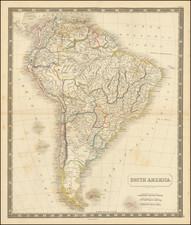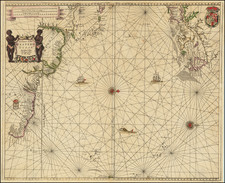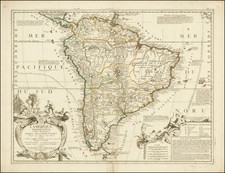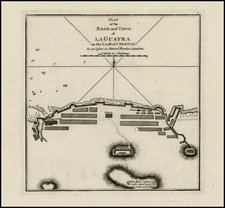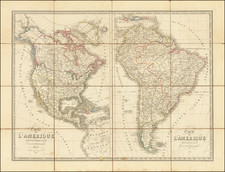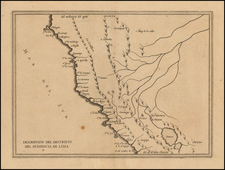Striking old color example of Blaeu's map of Bahia De Todos Sanctos (All Saints Bay), witn a large inset plan of the City of Sao Salvador, from a Latin edition of Blaeu's Atlas Maior. In the late 1630s, Holland attempted to reassert its claim over Brazil by establishing a series of forts along the coastline. One of the best-documented colonies was the expedition led by Prince Maurits of Nassau, who attempted to assemble an intellectual court in the New World. He brought with him a group of highly accomplished artists, mapmakers, and scientists to record the mysteries of Brazil. Known as Sao Salvador, or Bahia, the town was first founded by the Portugese in 1549 and was a favorite haunt for pirates and merchant privateers. The town flourished with the development of the sugar plantations and became an important political and economic center. A striking old color example, with japan paper on the verso in several places to support the rich greens.
Willem Janszoon Blaeu (1571-1638) was a prominent Dutch geographer and publisher. Born the son of a herring merchant, Blaeu chose not fish but mathematics and astronomy for his focus. He studied with the famous Danish astronomer Tycho Brahe, with whom he honed his instrument and globe making skills. Blaeu set up shop in Amsterdam, where he sold instruments and globes, published maps, and edited the works of intellectuals like Descartes and Hugo Grotius. In 1635, he released his atlas, Theatrum Orbis Terrarum, sive, Atlas novus.
Willem died in 1638. He had two sons, Cornelis (1610-1648) and Joan (1596-1673). Joan trained as a lawyer, but joined his father’s business rather than practice. After his father’s death, the brothers took over their father’s shop and Joan took on his work as hydrographer to the Dutch East India Company. Later in life, Joan would modify and greatly expand his father’s Atlas novus, eventually releasing his masterpiece, the Atlas maior, between 1662 and 1672.









